Tea and Coffee: For centuries, early mornings have been a challenge for many. They were once considered the least favorite part of the day. However, the introduction of morning beverages transformed this dreaded time into a comforting ritual. After 7000 BCE, mornings became more tolerable, marking the dawn of the era of coffee and tea.
History of Beverages
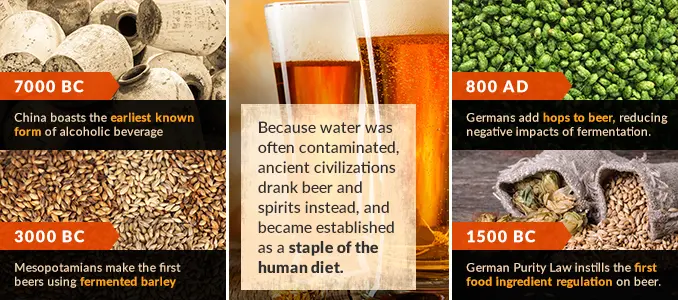
The origins of beverages date back to 7000 BCE in China. Archaeologists discovered residues of fermented rice, millet, grapes, and honey in ancient clay pots. This evidence suggests that alcohol could have been the first beverage created by humans.
However, alcohol, due to its intoxicating effects and health concerns, has remained an occasional drink rather than a morning staple. This led to the rise of tea and coffee as the undisputed champions of morning beverages.
Read this also: Kora Food Street: A Culinary Paradise and Community Hub in Velachery
The Rise of Tea and Coffee
Tea was introduced to India during British rule in the 19th century, while coffee made its way to the country much earlier, in the 17th century, thanks to a Sufi saint named Baba Budan. Today, these ancient beverages remain among the most consumed drinks worldwide.
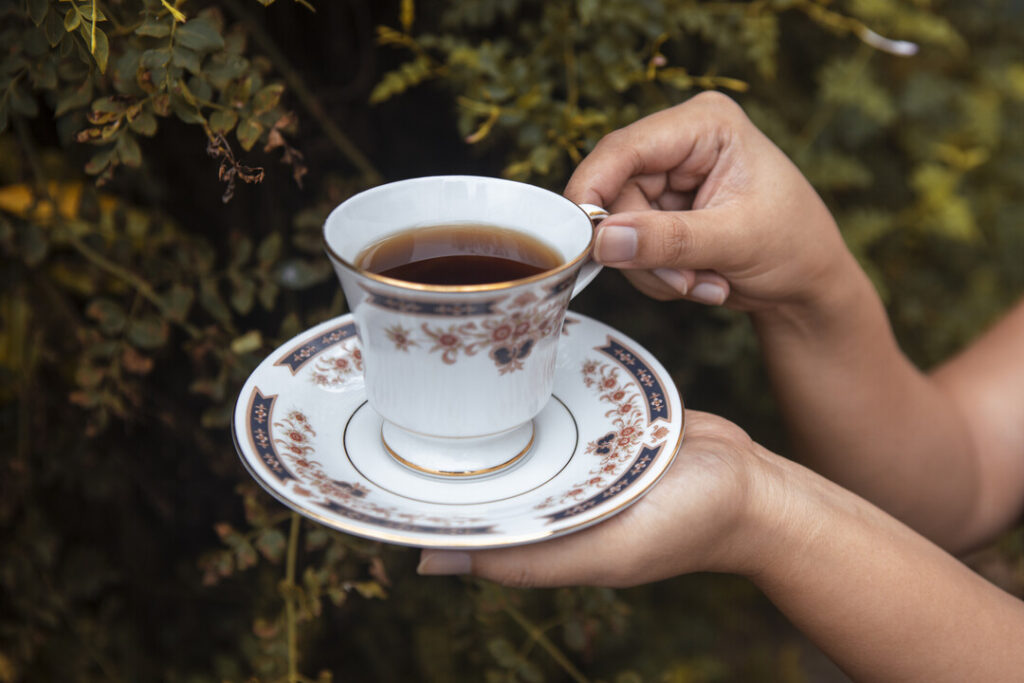
Tea: A Timeless Tradition
How Tea is Made
Tea is derived from the leaves of the Camellia sinensis plant. The leaves undergo processing in factories near plantations to produce variants such as whole-leaf tea and dust tea. Ingredients like ginger, cardamom, and saffron are often added to create a variety of flavors. The tea is brewed by boiling these ingredients, followed by adding milk and sugar to taste.
Read this also: The Silent Toll of Poor Sleep: How It Affects Your Brain and Health
Tea in India
The British discovered that tea plants with thicker leaves grew naturally in Assam. These plants, cultivated by the indigenous Singpho community, thrived under cultivation. Assam soon became a major tea plantation hub, contributing significantly to India’s status as the largest producer of tea leaves.
Charles Alexander Bruce, a British officer and explorer, is credited as the father of Assam’s tea industry. His efforts laid the foundation for large-scale tea production in India.
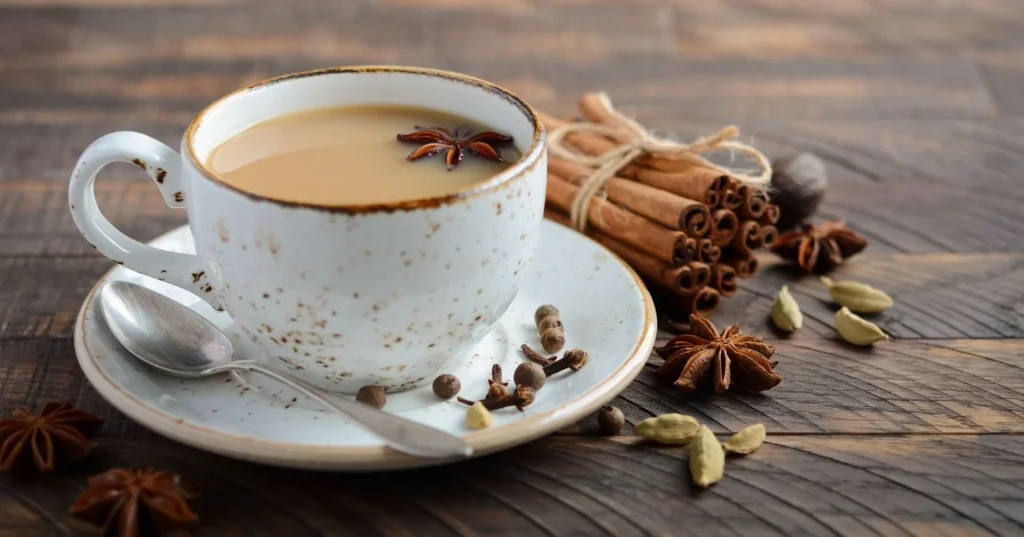
Universal Origins of Tea
Tea has two primary origins:
- Assamese (Indian Tea): Made from Camellia sinensis assamica, native to India’s tropical climate, these leaves are larger and offer a bold, deep flavor. Indian teas include masala chai, Assam tea, Kashmiri kahwa, Darjeeling tea, and ginger chai.
- Chinese Tea: Derived from Camellia sinensis sinensis, these smaller leaves are known for their mild flavor. They are processed through a method called “kill-green,” which dries the leaves quickly to retain freshness. Popular Chinese teas include green tea, white tea, black tea, oolong tea, and jasmine tea.
Read this also: The Art of Listening: A Key to Connection, Understanding, and Empathy
Types of Tea and Their Origins
- Green Tea: Legend credits its discovery to Emperor Shennong in 2737 BCE, who accidentally brewed it when a tea leaf fell into boiling water.
- White Tea: Made from young leaves, it was first created in China’s Fujian province in the 1700s and was highly valued.
- Masala Chai: Originating in India as an ayurvedic remedy, it combines tea with warming spices.
- Kahwa: A sweet, spiced tea believed to have originated during the Kushan Empire or in the Yarkand Valley, now in China.
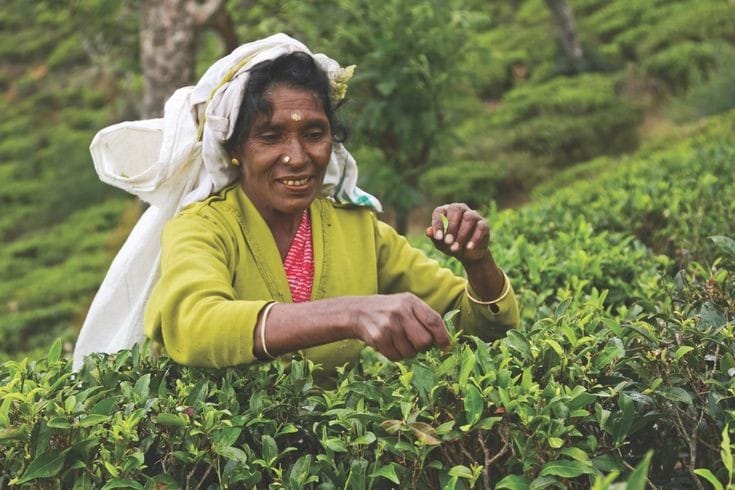
Fun Facts About Tea
- Tea contains fluoride, which benefits dental health.
- Herbal teas like chamomile are not technically “teas” but are made from tisanes.
- Tea leaves have been historically used for fortune-telling.
Coffee: The Bold Awakener
The Discovery of Coffee
Coffee’s origin story dates back to 800 AD, when an Ethiopian goat herder named Kaldi noticed his goats became hyperactive after eating certain berries. Curious, he tried them himself and felt energized. Monks later roasted these berries to create a drink that helped them stay awake during prayers.
Read this also: Recharge and Reset: How a “Me Day” Can Revive Your Mind, Body, and Soul
Coffee’s Global Spread
From Ethiopia, coffee spread to the Arabian Peninsula, becoming a symbol of social connection and intellectual exchange.
Universal Coffee Bean Varieties
- Arabica: Known for its delicate flavor and aroma, grown at high altitudes.
- Robusta: High in caffeine with a strong, slightly bitter taste, ideal for iced coffee.
- Liberica: Rare, with a fruity and floral aroma.
- Excelsa: Recently classified under Liberica, it offers a unique tart flavor with hints of dark cherry.
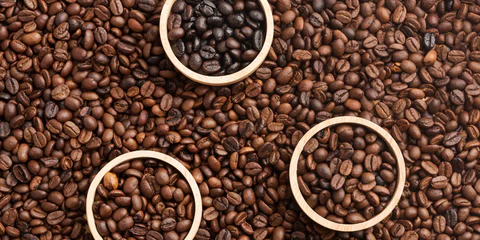
Popular Coffee Variants
- Espresso: Invented in 1901 by Luigi Bezzera, it uses steam pressure for quick brewing.
- Filter Coffee: Created in 1908 by Melitta Bentz using blotting paper to reduce bitterness.
- Americano: Originated during WWII, when soldiers diluted espresso with hot water.
- Affogato: A 1950s Italian dessert drink combining vanilla ice cream and espresso.
Fun Facts About Coffee
- Coffee contains essential vitamins like B2 and B5, potassium, and magnesium.
- Regular consumption may reduce the risk of liver damage and certain cancers.
- Coffee beans are actually seeds, and the surrounding fruit is edible.
Read this also: The Power of Empathy: How Practicing Empathy Can Transform Your Relationships and Well-being
Conclusion
From ancient traditions to modern-day rituals, coffee and tea are more than just beverages—they are integral parts of our mornings. Both drinks rejuvenate the mind and body, enhancing energy levels and influencing mood. Whether you prefer the boldness of coffee or the comforting warmth of tea, these timeless beverages continue to shape the way we start our day.

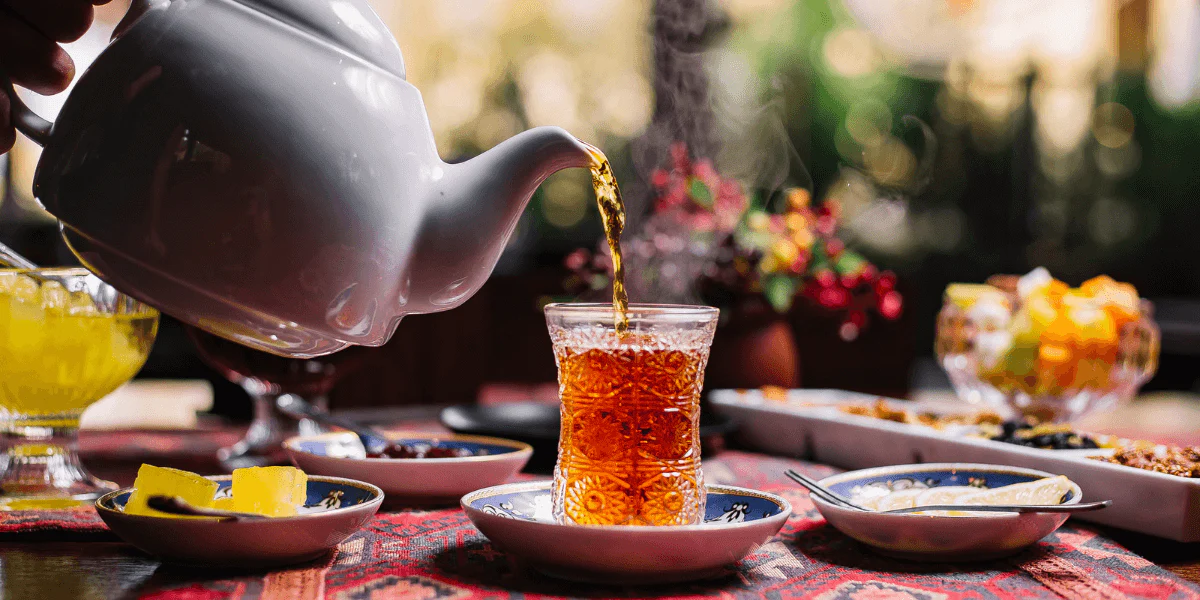
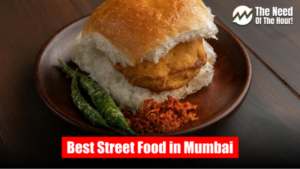




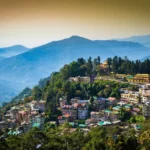

[…] Read this also: Brewing the Morning: The Fascinating World of Coffee and Tea […]